Technology
Car headlights: Halogen, Xenon, or LED
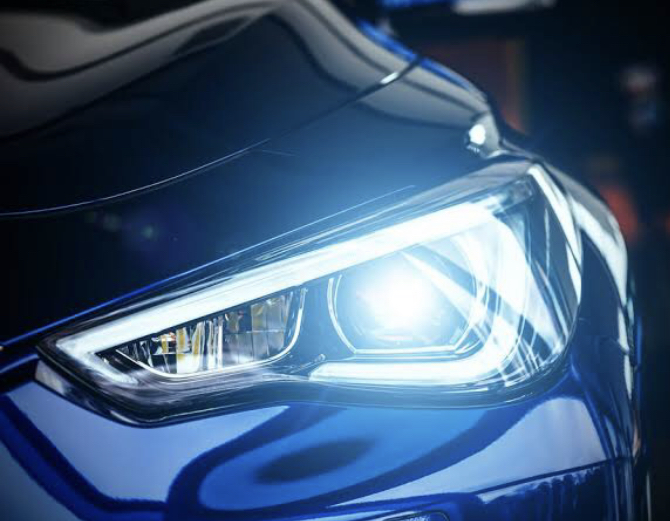
Entire research and development teams are working feverishly to outdo the competition with better headlamp systems for the car. Basically there are now three types of headlights: Halogen, Xenon and LED. Each of the systems has its own characteristics and advantages and disadvantages. This article provides an overview.
HALOGEN
Halogen headlamps are by far the most common today. The main advantage of the halogen lamp is the reason for this. With 1000 burning hours under normal conditions, they nowadays have a fairly long life (compared to the past). Added to this is the low price. A long lifespan AND low price together ensure low costs in itself. How is it possible that halogen lamps are losing popularity?
To understand that, we must first understand how the halogen lamp works:
A heat resistant glass envelope, filled with a gas (usually argon or nitrogen) and a tungsten filament. The light is obtained by energizing the filament. The tungsten wire becomes about 2500 degrees Celsius and emits visible light.
The major drawback is immediately apparent: wasted energy in the form of heat. At the end of its life, so much tungsten has evaporated that the lamp bursts. A second disadvantage is that the lamp should not be touched because the salt from the hands affects the resistance to high temperatures.
Nevertheless, manufacturers still sometimes opt for halogen: they provide bright light (due to the heat) and are available in different sizes and therefore suitable for every model in principle. Usually they are also dimmable. Halogen produces 1400 lumens / 30 Mcd / m2. (at the very bottom of the article a short explanation about light intensity unit.
XENON
Xenon headlamps are high intensity discharge lamps. And are considered to have a higher efficiency. The gas in the lamp is called Xenon and gives a slightly bluish light. Xenon lamps have been in use since 1991, but have retained an exclusive character for a long time. The efficiency is greater because the amount of light produced is greater than with other gases. With the advantage, it is also a disadvantage, namely for oncoming traffic. Xenon produces 3000 lumens / 90 Mcd / m2.
The higher efficiency (more light output and less heat with the same power consumption) means less waste of energy and therefore lower consumption and therefore lower CO2 emissions. The life of Xenon lamps is estimated at 2000 burning hours under normal circumstances. The lifespan is getting longer (8000-20000 hours). The high light output is an advantage but also a disadvantage from a safety point of view.
The Xenon lamp is quite expensive compared to other systems. In addition, some versions of the Xenon lamp contain harmful substances that can be unsafe and bad for the environment (including mercury). Regulations that exclude mercury make the lamps even more expensive.
LED
With advancing technological development, high intensity LEDs have been introduced in the automotive industry. The advantages of LEDs are great on paper. Yet there are disadvantages that do not yet result in wide application. The main advantage is that LEDs have a very low power consumption. Although the LEDs do not produce heat where they produce light, they do produce some heat at the bottom.
That bottom is an undesirable place for heat development because it may be close to other parts and cabling, for example. An ideal application is for lighting with short-term use: brake lights and direction indicators or flashing lights. Another big advantage is the small size and therefore great flexibility in design.
The light output now ranges between halogen and Xenon and is expected to increase further in the coming years. The technology is not yet mature. What must certainly be further improved are the production costs. For the aforementioned reasons, LEDs are still mainly available as options on the more exclusive models. The first LEDs appeared on cars in 2004.
-

 AVIATION5 years ago
AVIATION5 years agoPhoto News: Air Peace commence flight operations to South Africa
-
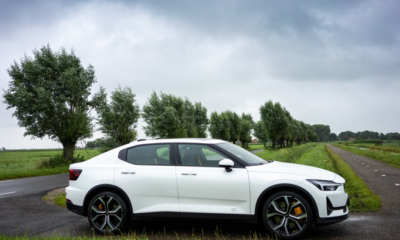
 Car News5 years ago
Car News5 years agoPolestar is recalls over 2000 electric cars due to software bug
-
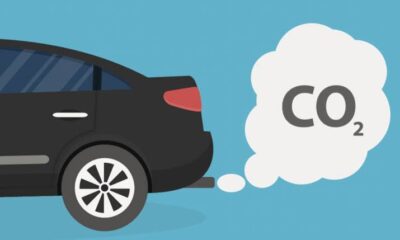
 Technology5 years ago
Technology5 years agoCommon mistakes in CO₂ emissions calculations
-

 RAIL4 years ago
RAIL4 years ago36 Killed in Pakistan Train Accident
-
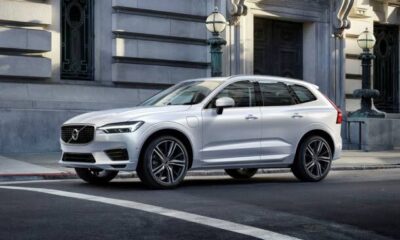
 Business5 years ago
Business5 years ago2016 Volvo XC60 review and specifications
-

 Reviews5 years ago
Reviews5 years ago2021 Audi A6 Specifications and Review
-
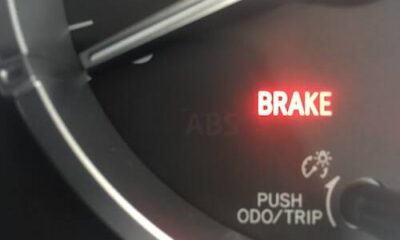
 SAFETY / CAR CARE5 years ago
SAFETY / CAR CARE5 years agoHandbrake warning light; what it means and what to do
-

 NEWS4 years ago
NEWS4 years agoFG To Spend ₦900 Billion On Fuel Subsidy In 2022
